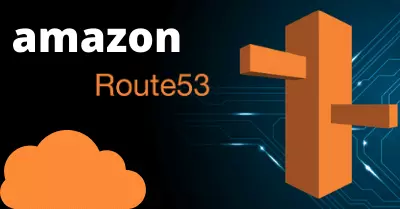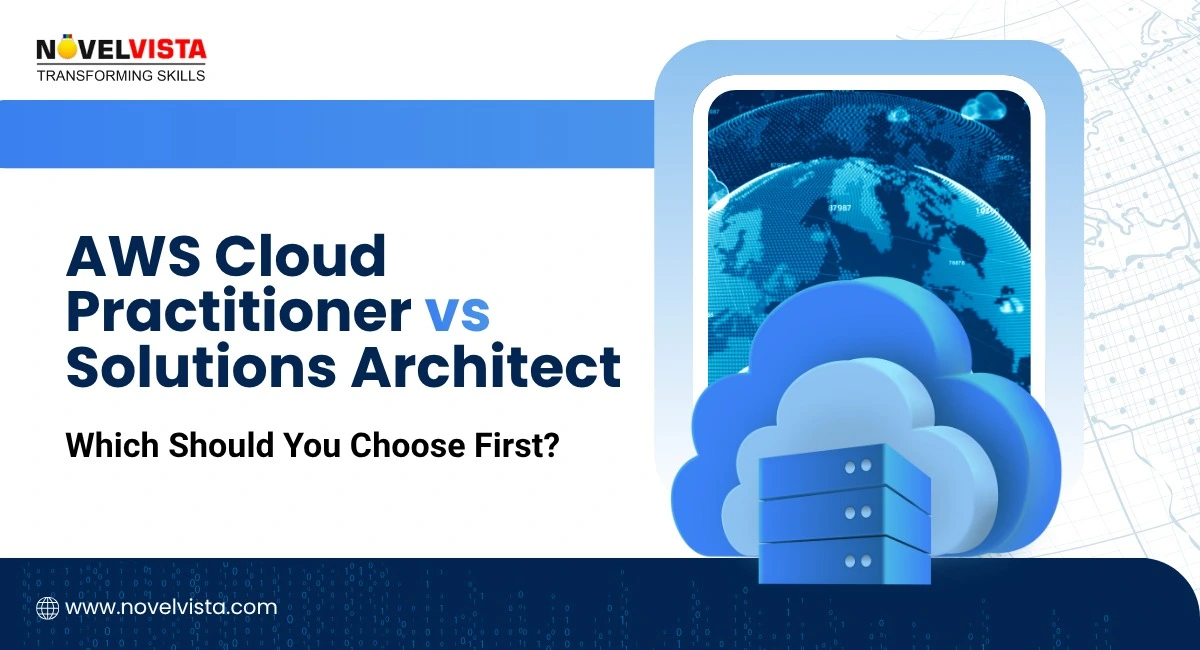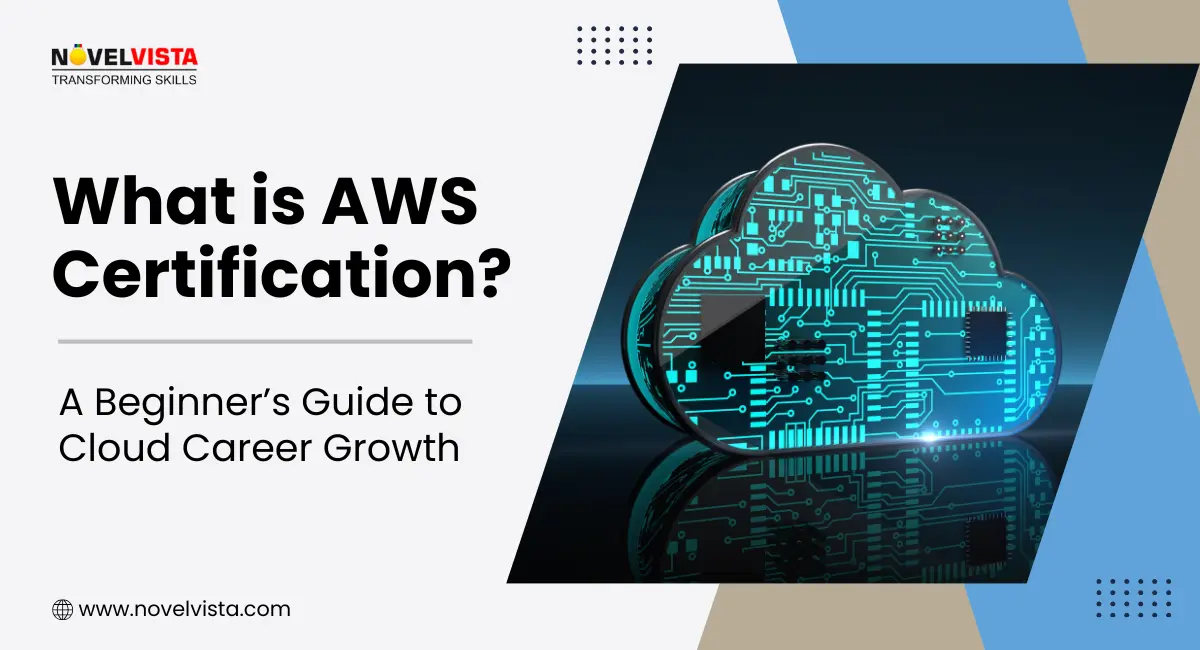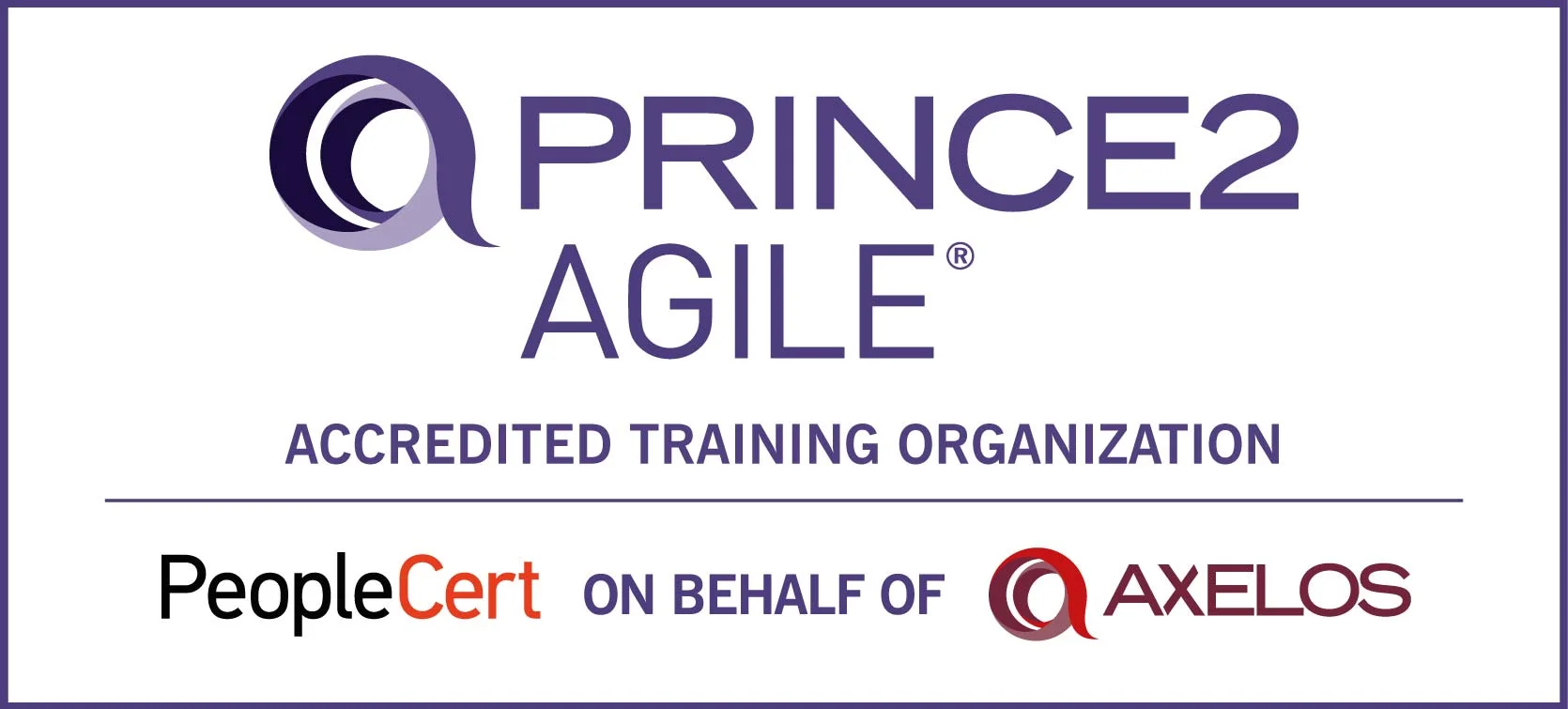DNS service provided by AWS named AWS Route 53 is one of the most well-known, reliable, and cost-effective services for managing and maintaining domains. In this Amazon Route 53 tutorial, you will learn what is Amazon Route 53, its benefits, how to create a hosted zone from scratch, and more.
.png) Amazon Route 53 is a highly available and scalable cloud Domain Name System (DNS) web service. It is designed to give developers and businesses an extremely reliable and cost-effective way to route end users to Internet applications by translating names like www.example.com into the numeric IP addresses like 192.0.2.1 that computers use to connect. Amazon Route 53 is fully compliant with IPv6 as well.
Amazon Route 53 is a highly available and scalable cloud Domain Name System (DNS) web service. It is designed to give developers and businesses an extremely reliable and cost-effective way to route end users to Internet applications by translating names like www.example.com into the numeric IP addresses like 192.0.2.1 that computers use to connect. Amazon Route 53 is fully compliant with IPv6 as well.
Amazon Route 53 effectively connects user requests to infrastructure running in AWS – such as Amazon EC2 instances, Elastic Load Balancing load balancers, or Amazon S3 buckets – and can also be used to route users to infrastructure outside of AWS. You can use Amazon Route 53 to configure DNS health checks to route traffic to healthy endpoints or to independently monitor the health of your application and its endpoints. Amazon Route 53 Traffic Flow makes it easy for you to manage traffic globally through a variety of routing types, including Latency Based Routing, Geo DNS, Geoproximity, and Weighted Round Robin—all of which can be combined with DNS Failover to enable a variety of low-latency, fault-tolerant architectures. Using Amazon Route 53 Traffic Flow’s simple visual editor, you can easily manage how your end-users are routed to your application’s endpoints—whether in a single AWS region or distributed around the globe. Amazon Route 53 also offers Domain Name Registration – you can purchase and manage domain names such as example.com and Amazon Route 53 will automatically configure DNS settings for your domains.
Benefits of Route 53
Highly available and reliable
Amazon Route 53 is built using AWS’s highly available and reliable infrastructure. The distributed nature of our DNS servers helps ensure a consistent ability to route your end users to your application. Features such as Amazon Route 53 Traffic Flow help you improve reliability with easy configuration of failover to re-route your users to an alternate location if your primary application endpoint becomes unavailable. Amazon Route 53 is designed to provide the level of dependability required by important applications. Amazon Route 53 is backed by theAmazon Route 53 Service Level Agreement.
Flexible
Amazon Route 53 Traffic Flow routes traffic based on multiple criteria, such as endpoint health, geographic location, and latency. You can configure multiple traffic policies and decide which policies are active at any given time. You can create and edit traffic policies using the simple visual editor in the Route 53 console, AWS SDKs, or the Route 53 API. Traffic Flow’s versioning feature maintains a history of changes to your traffic policies, so you can easily roll back to a previous version using the console or API.
Designed for use with other Amazon Web Services
Amazon Route 53 is designed to work well with other AWS features and offerings. You can use Amazon Route 53 to map domain names to your Amazon EC2 instances, Amazon S3 buckets, Amazon CloudFront distributions, and other AWS resources. By using the AWS Identity and Access Management (IAM) service with Amazon Route 53, you get fine-grained control over who can update your DNS data. You can use Amazon Route 53 to map your zone apex (example.com versus www.example.com) to your Elastic Load Balancing instance, Amazon CloudFront distribution, AWS Elastic Beanstalk environment, API Gateway, VPC endpoint, or Amazon S3 website bucket using a feature called Alias record.
Easy to use
With self-service sign-up, Amazon Route 53 can start to answer your DNS queries within minutes. You can configure your DNS settings with the AWS Management Console or our easy-to-use API. You can also programmatically integrate the Amazon Route 53 API into your overall web application. For instance, you can use Amazon Route 53’s API to create a new DNS record whenever you create a new EC2 instance. Amazon Route 53 Traffic Flow makes it easy to set up sophisticated routing logic for your applications by using the simple visual policy editor.
Very Fast
Using a global anycast network of DNS servers around the world, Amazon Route 53 is designed to automatically route your users to the optimal location depending on network conditions. As a result, the service offers low query latency for your end users, as well as low update latency for your DNS record management needs. Amazon Route 53 Traffic Flow lets you further improve your customers’ experience by running your application in multiple locations around the world and using traffic policies to ensure your end-users are routed to the closest healthy endpoint for your application.
Cost-effective
Amazon Route 53 passes on the benefits of AWS’s scale to you. You pay only for the resources you use, such as the number of queries that the service answers for each of your domains, hosted zones for managing domains through the service, and optional features such as traffic policies and health checks, all at a low cost and without minimum usage commitments or any up-front fees.
Secure
By integrating Amazon Route 53 with AWS Identity and Access Management (IAM), you can grant unique credentials and manage permissions for every user within your AWS account and specify who has access to which parts of the Amazon Route 53 service.
Scalable
Route 53 is designed to automatically scale to handle very large query volumes without any intervention from you.
Simplify the hybrid cloud
Amazon Route 53 Resolver provides recursive DNS for your Amazon VPC and on-premises networks over AWS Direct Connect or AWS Managed VPN.
Key features
Resolver
Get recursive DNS for your Amazon VPC and on-premises networks. Create conditional forwarding rules and DNS endpoints to resolve custom names mastered in Amazon Route 53 private hosted zones or in your on-premises DNS servers.
Traffic flow
Easy-to-use and cost-effective global traffic management: route end users to the best endpoint for your application based on geo proximity, latency, health, and other considerations.
Latency based routing
Route end users to the AWS region that provides the lowest possible latency.
Geo DNS
Route end users to a particular endpoint that you specify based on the end user’s geographic location.
Private DNS for Amazon VPC
Manage custom domain names for your internal AWS resources without exposing DNS data to the public Internet.
DNS Failover
Automatically route your website visitors to an alternate location to avoid site outages.
Health Checks and Monitoring
Amazon Route 53 can monitor the health and performance of your application as well as your web servers and other resources.
Domain Registration
Amazon Route 53 offers domain name registration services, where you can search for and register available domain names or transfer in existing domain names to be managed by Route 53. Viewa full list of supported top-level domains (TLDs) and current pricing.
DNSSEC
Enable DNSSEC signing for all existing and new public hosted zones, as well as DNSSEC validation for Amazon Route 53 Resolver.
CloudFront Zone Apex Support
When using Amazon CloudFront to deliver your website content, visitors to your website can now access your site at the zone apex (or "root domain"). For example, your site can be accessed as example.com instead of www.example.com.
S3 Zone Apex Support
Visitors to your website hosted on Amazon S3 can now access your site at the zone apex (or "root domain").
Amazon ELB Integration
Amazon Route 53 is integrated with Elastic Load Balancing (ELB).
Management Console
Amazon Route 53 works with theAWS Management Console. This web-based, point-and-click, graphical user interface lets you manage Amazon Route 53 without writing any code at all.
Weighted Round Robin
Amazon Route 53 offers Weighted Round Robin (WRR) functionality.
Route 53 functionality
Amazon Route 53 has a simple web-services interface that lets you get started in minutes. Your DNS records are organized into “hosted zones” that you configure with Route 53’s API.To use Route 53, you simply:
- Subscribe to the service by clicking on the sign-up button on the AWS page.
- Create a hosted zone that can store DNS records for your domain. Upon creating the hosted zone, you receive four Route 53 name servers across four different Top-Level Domains (TLDs) to help ensure a high level of availability. If you don’t have a domain name, you can search for available domains and register them using the Route 53 console. If you have an existing domain name, you can opt to have it transferred to Route 53’s management so that you can conveniently manage your domain names and DNS configuration in a single location.
- Your hosted zone will be initially populated with a basic set of DNS records, including four virtual name servers that will answer queries for your domain. You can add, delete or change records in this set using the AWS Management Console or by calling the ChangeResourceRecordSetAPI.
- If you want to keep your domain name with the current registrar, inform the registrar to update the name servers for your domain to the ones associated with your hosted zone. If you’ve registered a domain name with Route 53, your domain name will be automatically associated with the correct name servers.
To transfer your domain from another DNS service to Route 53, you:
- Get a list of your DNS record data for your domain name, generally available in the form of a “zone file” that you can get from your existing DNS provider.
- Follow the four getting started steps listed above.
By following these few simple steps, you’ll be able to set up your DNS entries and have Route 53 answering queries for your web application in just a few minutes. See our Technical Documentation for more detailed information about the Route 53 service and API
Conclusion:
In this what is amazon route 53 in AWS, we have discussed the concepts of Route 53, how it works, and the key features provided by Amazon Route 53. Keep visiting for more tutorials on Services offered by AWS.
Author Details

Vaibhav Umarvaishya
Cloud Engineer | Solution Architect
As a Cloud Engineer and AWS Solutions Architect Associate at NovelVista, I specialized in designing and deploying scalable and fault-tolerant systems on AWS. My responsibilities included selecting suitable AWS services based on specific requirements, managing AWS costs, and implementing best practices for security. I also played a pivotal role in migrating complex applications to AWS and advising on architectural decisions to optimize cloud deployments.
Confused About Certification?
Get Free Consultation Call




![Free AWS Solutions Architect Associate Practice Exam: No Signup, Instant Results! [Hands-on Prep] | Novelvista](https://www.novelvista.com/resources/images/blogs/other/aws-solutions-architect-mock-exam-featured.webp)



